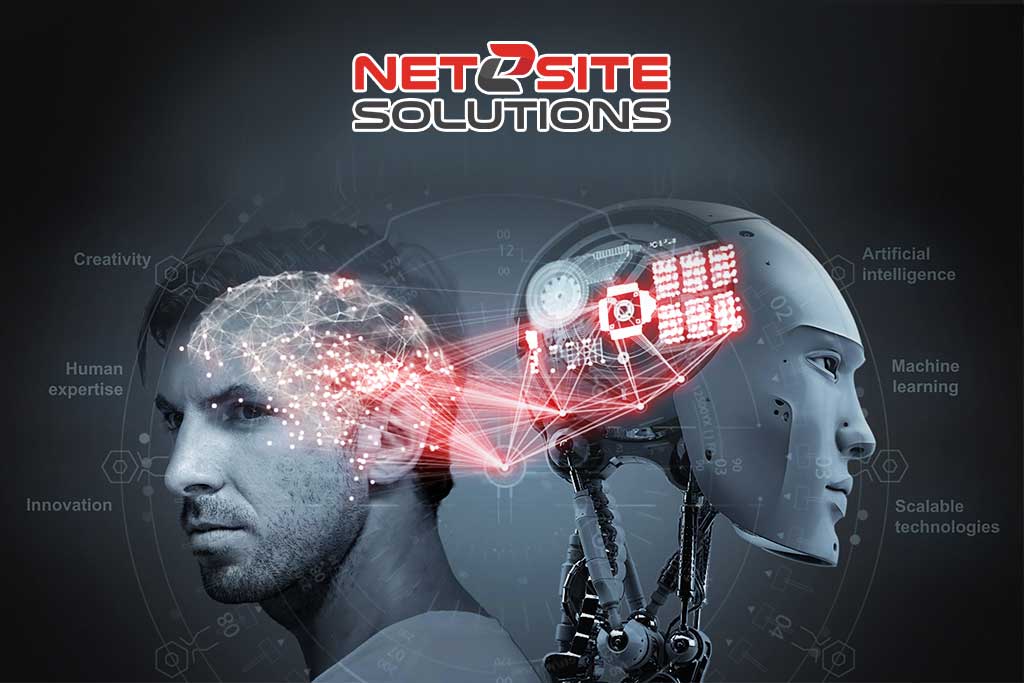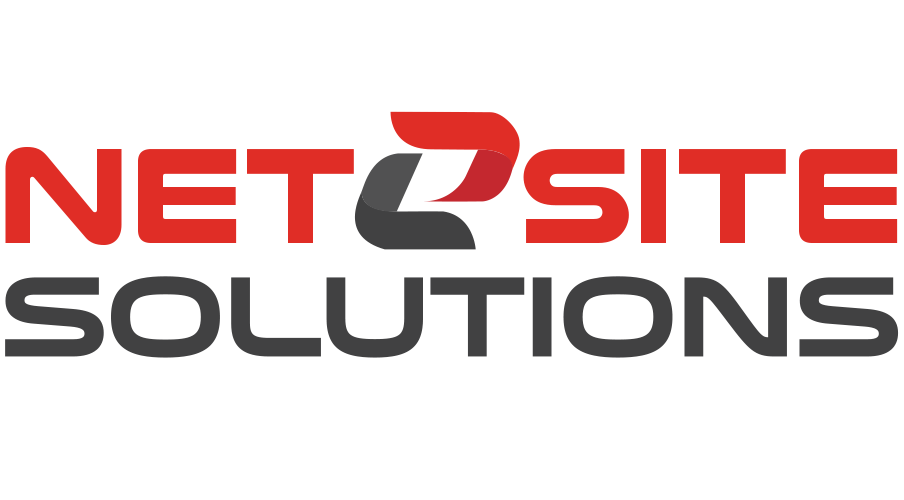As technology continues its relentless march forward, Artificial Intelligence (AI) stands out as a transformative force that reshapes industries and daily life. This blog delves into the Advantages and Disadvantages of Artificial Intelligence, providing an in-depth exploration of the benefits and drawbacks that come with the rise of AI.
Understanding the Advantages of AI in Social Media:
The landscape of social media has been revolutionized by the incorporation of AI. The advantages of AI in Social Media are multifaceted. AI algorithms enable personalized content recommendations, making social media experiences more tailored to individual preferences.
Sentiment analysis, powered by AI, allows businesses to gauge public opinion, enhancing their marketing strategies.
The Role of Artificial Intelligence Tools:
Artificial Intelligence Tools are the driving force behind the capabilities of AI systems. From machine learning algorithms to natural language processing tools, these technologies form the backbone of AI applications. This section explores the significance of AI tools, showcasing their versatility and impact across various industries.
Exploring the Best Free AI Tools for Digital Marketing:
Digital marketing has witnessed a paradigm shift with the advent of AI, and many businesses seek cost-effective solutions. The best free AI tools for digital marketing are invaluable in this context. From AI-powered content creation to analytics tools, businesses can leverage these resources to enhance their digital marketing strategies without incurring significant costs.

Balancing Benefits and Risks of Chat bots:
Chat bots epitomize the dual nature of AI, offering both benefits and risks. Understanding the benefits and risks of chat bots is crucial for businesses integrating these AI-driven conversational agents. While chat bots enhance customer service by providing instant responses, there are concerns about privacy and potential misunderstandings.
By discussing both sides of the coin, the blog reflects the nuanced nature of AI applications, aligning focus on both advantages and disadvantages.
Pros and Cons of AI in the Workplace:
The workplace is undergoing a profound transformation with the integration of AI. Exploring the pros and cons of AI in the workplace sheds light on how AI technologies impact productivity, job roles, and employee well-being. While automation streamlines repetitive tasks, there are concerns about job displacement and the need for reskilling. Incorporating this into the narrative provides a holistic view of AI’s implications for the modern workforce.
Advantages of Artificial Intelligence:
Delving deeper into the advantages of artificial intelligence, the blog highlights the overarching benefits that AI brings to various sectors. From increased efficiency and data analysis capabilities to improved decision-making processes, the advantages underscore why AI is at the forefront of technological innovation.

Addressing the Disadvantages of Artificial Intelligence:
In contrast, addressing the disadvantages of artificial intelligence is equally important. Issues such as ethical concerns, job displacement, and biases in AI algorithms raise important questions about the responsible development and deployment of AI technologies.
Ethical Considerations in AI Development:
Ethics play a pivotal role in the development and deployment of AI. This section explores the ethical considerations in AI development, emphasizing the need for responsible AI practices. The content delves into topics such as algorithmic bias, transparency, and accountability, aligning focus on both the advantages and disadvantages of artificial intelligence.
The Evolving Landscape of AI Research:
The field of AI is dynamic, with ongoing research shaping its trajectory. This section explores the evolving landscape of AI research, highlighting breakthroughs, challenges, and the continuous pursuit of refining AI technologies. By incorporating this perspective, the blog underscores that the advantages and disadvantages of AI are not static; they evolve alongside advancements in the field.
The Future of Artificial Intelligence:
As the blog nears its conclusion, it explores the future of artificial intelligence. Anticipated developments, ethical considerations, and the role of policymakers in shaping AI’s trajectory are discussed.
Social Implications
Beyond its impact on specific industries, the social implications of the advantages and disadvantages of artificial intelligence resonate across communities and societies. This section delves into how AI influences social dynamics, from job markets and education to issues of privacy and the digital divide.

The Human Touch
Amid technological advancements, the human touch remains integral. While AI enhances efficiency, there’s a need to preserve the human element, especially in areas requiring empathy and creativity.
Personal Privacy
The interconnected nature of AI and personal privacy is a critical consideration. This section scrutinizes how AI applications, particularly in data analytics and surveillance, impact personal privacy.
From facial recognition to data breaches, understanding the nuances of this intersection sheds light on the ethical considerations inherent in the advantages and disadvantages of AI.
Global Perspectives
AI’s influence extends beyond national borders, prompting varied global perspectives. This section explores how different countries approach the advantages and disadvantages of AI. Some nations embrace AI for economic growth, while others emphasize regulatory measures to mitigate potential risks.
Education and Training
As AI reshapes industries, the education and training landscape undergoes transformation. This section discusses how education systems adapt to equip individuals with skills relevant to the advantages and disadvantages of artificial intelligence. While AI facilitates personalized learning experiences, concerns about job displacement necessitate a focus on upskilling.

Striking a Regulatory Balance:
The discussion on the advantages and disadvantages of AI extends to the need for effective regulations. This explores how policymakers grapple with striking a regulatory balance. Balancing innovation and safeguarding against potential risks is a delicate task, requiring nuanced legislation.
Public Perception and Trust in AI:
Public perception and trust are pivotal in determining the trajectory of AI adoption. This section delves into how the advantages and disadvantages of AI influence public trust. Instances of AI bias and high-profile incidents impact perceptions, highlighting the delicate relationship between AI developers and the general public.
Conclusion:
In conclusion, the advantages and disadvantages of artificial intelligence paint a complex picture of a technology that is reshaping the world. It serves as a guiding thread, ensuring a comprehensive exploration of both sides of the AI coin. As society navigates the evolving landscape of AI, understanding its multifaceted nature is essential for responsible development and informed decision-making.

